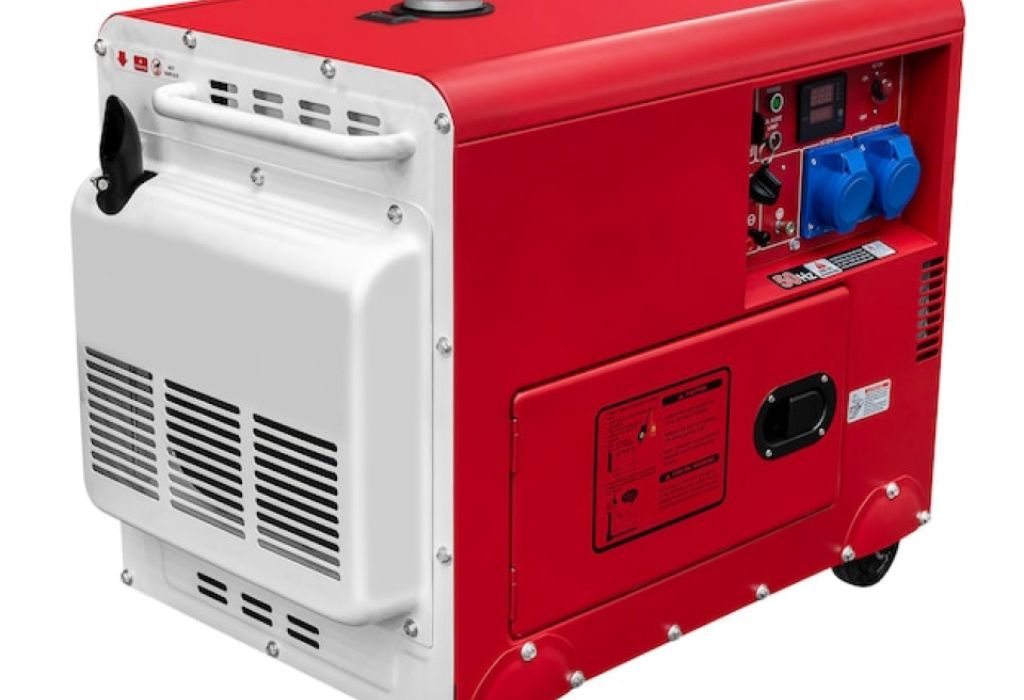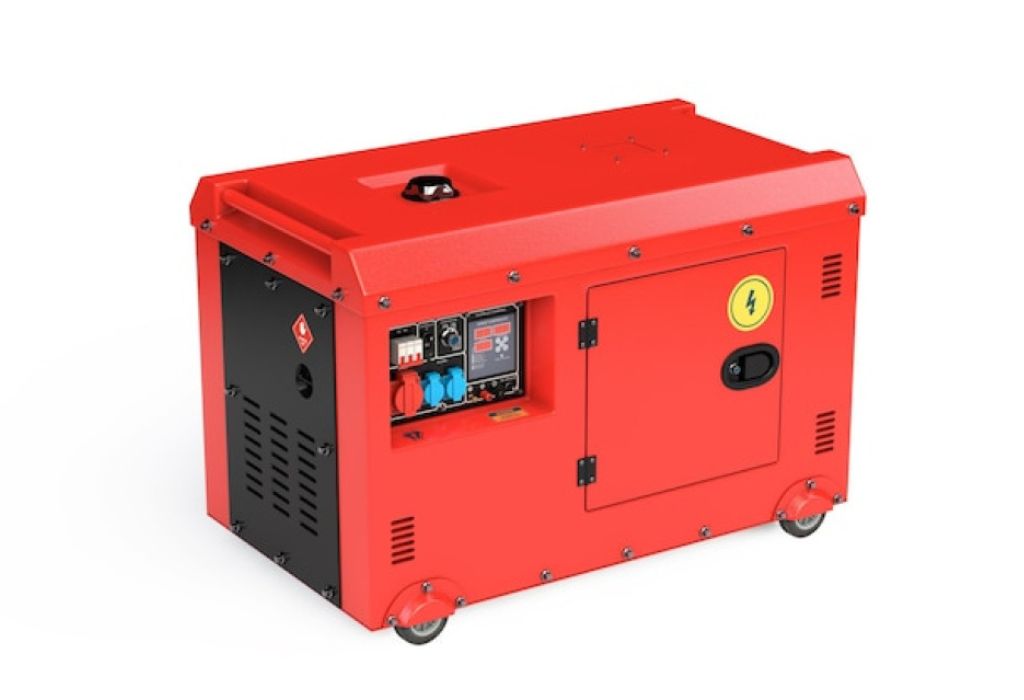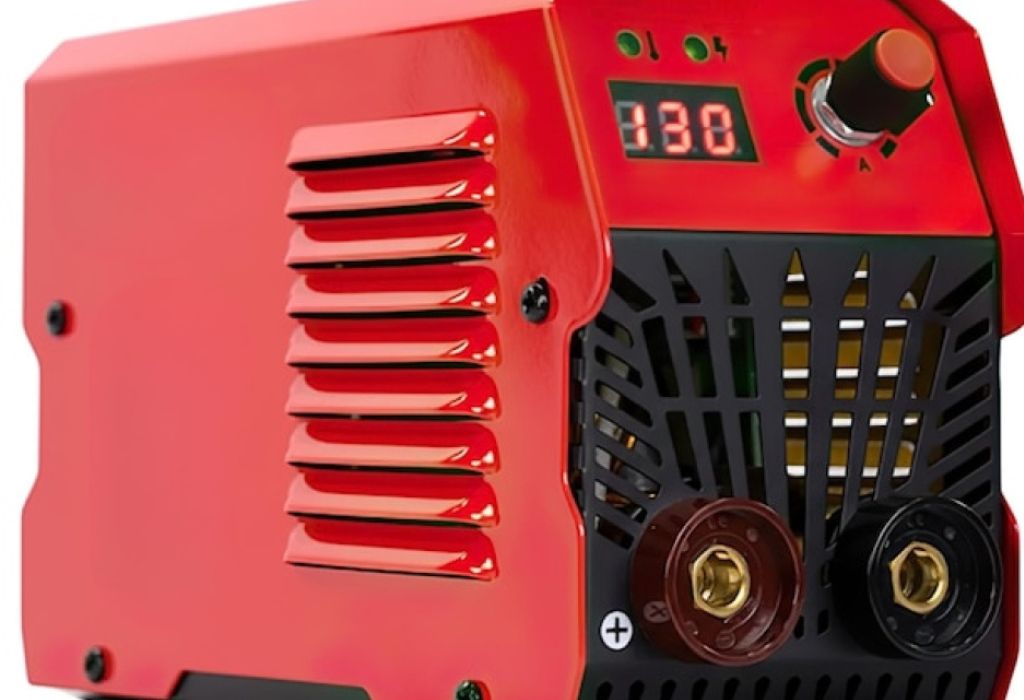Imagine starting a welding project only to find your welds look weak, uneven, and full of spatter. The machine hums inconsistently, the arc flickers, and the finished bead fails to hold its strength.
For many beginners, this is the moment they realize that mastering an IGBT welding machine is more than just switching it on and striking an arc.
Modern IGBT welding machines are designed for precision, power efficiency, and consistent arc control. Yet without understanding how to use their settings correctly, even the most advanced inverter welder can deliver poor results.
The real strength of an IGBT welder lies in how efficiently it converts power and maintains arc stability for deeper penetration and smoother welds.
According to research, inverter-based welders with IGBT technology can improve energy efficiency by up to 30 percent compared to traditional transformer welders. They also offer higher duty cycles, allowing longer welding times with less overheating.
These features make them the preferred choice for professionals and home fabricators seeking reliable and cleaner welds.
But technology alone doesn’t guarantee results. The key is knowing how to use an IGBT welding machine correctly—understanding its controls, setup process, and safety measures.
With the right parameters and technique, even a compact inverter unit can produce industrial-grade welds that last for years.
What Is an IGBT Welding Machine and Why It Matters

An IGBT welding machine, short for Insulated Gate Bipolar Transistor, represents one of the most advanced innovations in modern welding technology.
It combines the efficiency of an inverter with precise electronic control, making it ideal for professionals and DIY users who need accuracy, portability, and power in one device.
Unlike traditional transformer welders that rely on heavy cores and fluctuating current, IGBT machines convert power using high-frequency transistors. This process ensures consistent arc stability, reduced power loss, and superior control over heat input and penetration.
As a result, users can weld a variety of metals—from thin stainless steel sheets to thicker mild steel plates—with consistent quality and fewer defects.
The benefits go beyond performance. Because IGBT machines operate at higher frequencies, they are smaller, lighter, and more energy-efficient, allowing users to achieve professional results with lower operating costs.
This compact design also makes them perfect for fieldwork, mobile repairs, and workshops with limited space.
In addition, IGBT welders feature digital controls that make parameter adjustment easier and more accurate. These fine-tuned settings minimize spatter, improve bead appearance, and extend consumable life.
Understanding how this technology works is the foundation for learning how to use an IGBT welding machine effectively, ensuring every weld delivers both strength and precision.
Essential Equipment, Materials, and Workspace Preparation
Before learning how to use an IGBT welding machine, it’s crucial to prepare the right setup and environment.
Welding success begins with proper equipment, safe conditions, and clean materials. Skipping any of these steps often leads to unstable arcs, poor penetration, and weak welds.
Start by selecting an IGBT machine that matches your welding needs. Choose a unit with the correct amperage range and duty cycle for the metal thickness you’ll be working with.
A higher duty cycle means the machine can operate longer without overheating, ensuring smoother performance during extended welds.
Equip the setup with high-quality cables, ground clamps, and electrodes or wires suited to your chosen process, whether it’s MIG, TIG, or Stick welding.
Next, focus on workspace preparation. Work in a well-ventilated area to manage fumes and heat buildup.
Remove all flammable items, ensure dry surroundings, and keep a fire extinguisher nearby. A stable, grounded surface prevents electrical hazards and keeps the arc steady.
Metal preparation is equally important. Always clean the workpiece by removing rust, oil, paint, and dirt before welding.
A clean surface allows the arc to penetrate deeply, resulting in a stronger bond and a smoother bead.
Proper preparation ensures your IGBT welder performs to its full potential, producing professional-quality welds every time.
Machine Setup and Parameter Adjustment for Stronger Welds
Once the workspace and materials are ready, the next step in learning how to use an IGBT welding machine is mastering its setup and parameter adjustments. Precision in these settings directly determines the strength, appearance, and durability of every weld.
Begin by checking the machine’s polarity. For most Stick and TIG operations, positive polarity (DCEP) provides deeper penetration, while MIG and flux-cored processes often use DCEN for better arc control.
Setting the correct polarity ensures consistent current flow and cleaner fusion between the base and filler materials.
Next, adjust the amperage and voltage according to the thickness of the metal. Thin materials require lower amperage to avoid burn-through, while thicker sections need higher heat input for full penetration.
Many IGBT machines include digital displays and synergic controls that automatically balance voltage and wire feed speed, simplifying the setup process.
The arc length and travel speed also influence weld quality. Keep the arc steady and maintain a consistent movement to prevent slag buildup or uneven beads. If using MIG or TIG, ensure the torch angle remains between 10° and 15° to maintain the optimal arc focus.
Finally, always run a few test beads on scrap metal before starting the main project. This quick calibration helps fine-tune parameters for smoother starts, minimal spatter, and uniform penetration.
Proper setup transforms an IGBT welder from a simple tool into a precision instrument capable of producing strong, professional-grade welds.
Safety Best Practices When Using an IGBT Welding Machine

Safety is the backbone of effective welding. Even the most advanced IGBT machine can become dangerous if used without proper precautions. Understanding safety not only protects the operator but also ensures consistent weld quality and long-term equipment reliability.
Always begin with personal protective equipment (PPE). A certified auto-darkening welding helmet protects against ultraviolet and infrared radiation that can cause eye injuries or burns.
Combine it with flame-resistant gloves, a leather apron or welding jacket, and steel-toed boots to safeguard against sparks and molten metal. Avoid synthetic clothing, as it can melt easily when exposed to heat.
Ventilation plays a critical role when working indoors. Even though IGBT welders are energy-efficient, the welding process still produces fumes and gases that can be harmful when inhaled.
Set up your workspace in a well-ventilated area, or use an exhaust fan or fume extractor to maintain air quality.
Before striking an arc, double-check all electrical connections and grounding points. A poor ground can lead to unstable arcs, electrical shocks, or incomplete welds. Ensure the machine is placed on a stable, dry surface away from water sources.
Lastly, keep your surroundings organized and free from flammable objects. Always have a fire extinguisher nearby, and never leave an active machine unattended.
Following these safety practices builds confidence and consistency, allowing users to focus on mastering technique while keeping every weld safe and controlled.
Troubleshooting and Tips for Stronger, Cleaner Welds
Even after setting up an IGBT welding machine correctly, challenges can arise during operation. Common problems like spatter, porosity, or poor penetration often result from small errors in setup or technique.
Knowing how to identify and fix these issues is what separates average welds from strong, professional-quality ones.
If you notice excessive spatter, the issue usually lies in incorrect voltage or wire feed speed. Lower the voltage slightly or reduce the feed rate until the arc becomes smooth and stable.
Cleaning the nozzle and contact tip regularly also prevents irregular wire feeding that can cause spatter buildup.
Porosity, or small gas holes in the weld, often forms due to contamination. Always clean your base metal thoroughly and ensure proper gas coverage if using a shielding process.
For self-shielded wires, maintain a consistent stick-out distance to allow the flux to generate adequate shielding.
When the weld lacks penetration or fusion, check that the amperage is high enough for the material thickness.
Slow down your travel speed slightly to give the arc more time to fuse the metals. Consistent movement and steady torch control make a noticeable difference in weld strength and appearance.
Lastly, perform regular maintenance on your IGBT welder. Dust and debris can block airflow or affect internal circuits, reducing efficiency and arc stability. Keeping consumables like tips, liners, and cables clean ensures that every weld remains precise, strong, and visually clean.
Best Applications and Materials for an IGBT Welding Machine
One of the greatest advantages of an IGBT welding machine is its versatility. Whether working on home projects or industrial fabrication, this technology adapts easily to various materials and environments. Understanding where it performs best helps maximize its efficiency and output.
IGBT welders are ideal for mild steel, stainless steel, and aluminum when equipped with compatible settings and consumables.
Their precise current control allows smooth, clean welds on thin sheets without burn-through, while their high amperage range ensures deep penetration for thicker materials.
This flexibility makes them suitable for automotive repair, structural steelwork, metal furniture, and pipe fabrication.
Because of their compact size and lightweight design, IGBT machines are also perfect for mobile or outdoor welding tasks.
They handle fluctuating voltages better than older transformer models, maintaining stable arcs even when connected to generators or extension cords. This reliability makes them a favorite among field technicians and construction professionals.
Home users benefit as well. For DIY projects such as gate repair, metal art, or small frame construction, IGBT welders deliver industrial-grade performance without requiring a large workspace.
Their efficiency reduces energy consumption, and the digital display ensures repeatable accuracy with each weld.
In short, IGBT welding machines combine power, precision, and portability, making them suitable for almost any metal fabrication scenario where quality and control are essential.
Maintenance, Upgrades, and Future Trends in IGBT Welding Technology

Maintaining an IGBT welding machine properly ensures consistent performance, extended lifespan, and safer operation.
Since these machines rely on sensitive electronic components, even minor neglect can affect their efficiency and arc stability. Routine maintenance is simple but essential for long-term reliability.
After each use, clean the machine’s exterior and ventilation ports to prevent dust and metal particles from clogging the cooling system.
Excess debris can cause overheating, reducing the inverter’s efficiency and damaging internal components. Inspect the cables, ground clamp, and connectors regularly to ensure they are secure and free from cracks or corrosion.
Consumables such as contact tips, liners, and electrodes wear out over time and must be replaced when performance drops.
Storing flux-cored wire or electrodes in a dry area also prevents moisture absorption, which can lead to porosity and unstable arcs. Periodic calibration of digital controls ensures accurate readings for amperage and voltage settings.
Modern IGBT welders are evolving rapidly. Newer models feature synergic controls, where the machine automatically adjusts voltage and wire speed for optimal results.
Some include dual-pulse or multi-process modes that allow MIG, TIG, and Stick welding in one compact unit. Improved IGBT chips now provide faster power switching and higher efficiency, cutting energy loss by up to 30%.
Future trends point toward smart IGBT welding systems integrated with sensors and real-time data feedback, allowing automatic adjustment of parameters based on metal thickness or arc behavior.
These innovations will make welding more accessible, energy-efficient, and precise, helping users of all levels achieve stronger, cleaner, and more consistent welds.
Conclusion
Mastering how to use an IGBT welding machine is not just about turning on the power and striking an arc—it’s about understanding the science behind every spark.
The technology inside these machines gives welders greater control, deeper penetration, and improved efficiency, but true strength in welding comes from skill, preparation, and precision.
By setting up the correct parameters, maintaining clean materials, and applying proper safety measures, any welder can achieve professional results. The digital control and inverter efficiency of IGBT machines make them powerful tools for creating smooth, defect-free welds across various metals and thicknesses.
Each weld becomes stronger, cleaner, and more reliable when the settings are properly balanced.
IGBT welders are transforming how people approach metal fabrication, whether for home projects, automotive work, or industrial applications. Their portability, energy efficiency, and versatility make them an ideal investment for anyone serious about welding.
In the end, success comes down to consistency and care. Keep your equipment clean, follow safety rules, and practice regularly.
Every adjustment, every test weld, and every spark brings you closer to mastering the art of strong, precise, and long-lasting welds with your IGBT welding machine.

I’m Darrell Julian, the founder, lead writer, and hands-on welding enthusiast behind ArcWeldingPro.com. With more than 15 years of real-world welding experience, I created this platform to share what I’ve learned in the field, in the shop, and in the heat of the arc.


